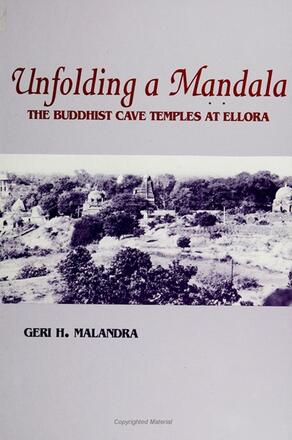
Unfolding A Mạṇdala
The Buddhist Cave Temples at Ellora
Alternative formats available from:
Description
Ellora is one of the great cave temple sites of India, with thirty-four major Buddhist, Hindu, and Jain monuments of the late sixth to tenth centuries A. D. This book describes the Buddhist caves at Ellora and places them in the context of Buddhist art and iconography.
Ellora's twelve Buddhist cave temples, dating from the early seventh to the early eighth centuries, preserve an unparalleled one-hundred-year sequence of architectural and iconographical development. They reveal the evolution of a Buddhist mandala at sites in other regions often considered "peripheral" to the heartland of Buddhism in eastern India.
At Ellora, the mandala, ordinarily conceived as a two-dimensional diagram used to focus meditation, is unfolded into the three-dimensional program of the cave temples themselves, enabling devotees to walk through the mandala during worship. The mandala's development at Ellora is explained and its significance is considered for the evolution of Buddhist art and iconography elsewhere in India.
Geri H. Malandra is Associate Director of Professional Development and Conference Services, Continuing Education and Extension at the University of Minnesota, Minneapolis. In addition to her work on the prehistory, history, languages and art of ancient South Asia, she has also pursued research on the prehistory and art of ancient Iran and on Sumerian and ancient Near Eastern economic texts.
Reviews
"This book is a clear, detailed, and technically accomplished contribution to an important area of study: the history of Indian Buddhist iconography. It makes a contribution of great value to the vitally important, and insufficiently analyzed, question of how Buddhist iconography developed in the Deccan. The author offers an analysis of the problems inherent in iconographic identification and of the connections between Ellora and the world of the Deccan in the seventh and eighth centuries. " — Paul J. Griffiths, University of Chicago